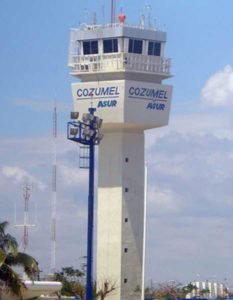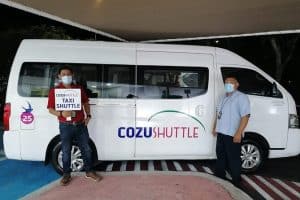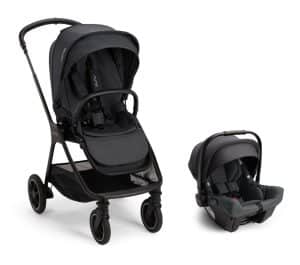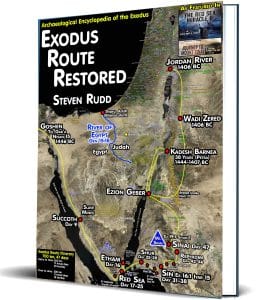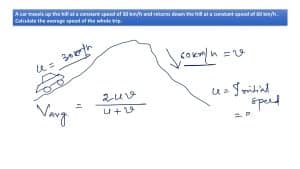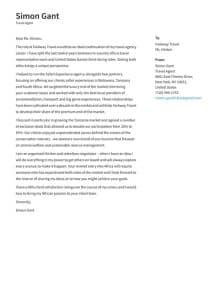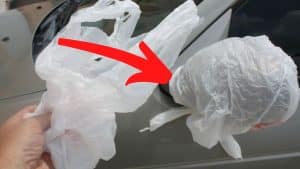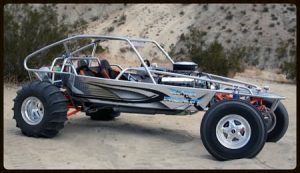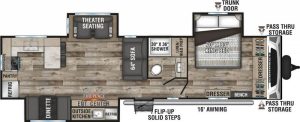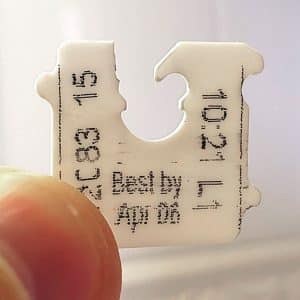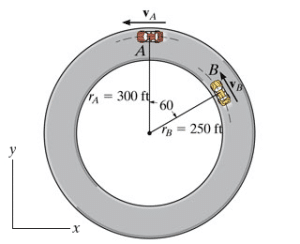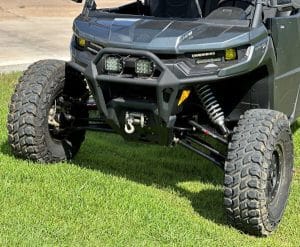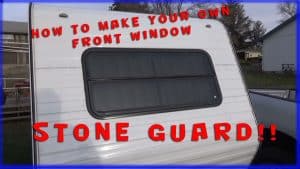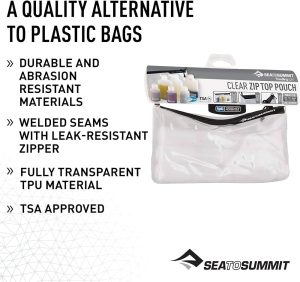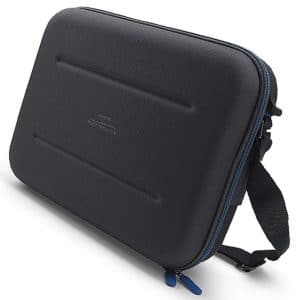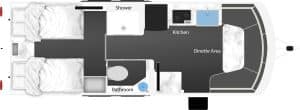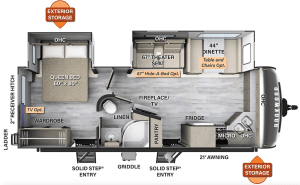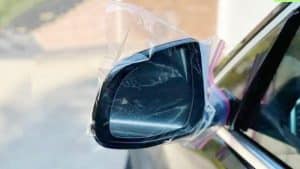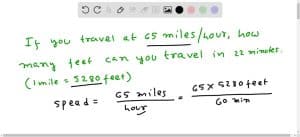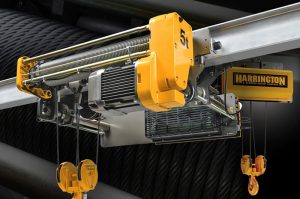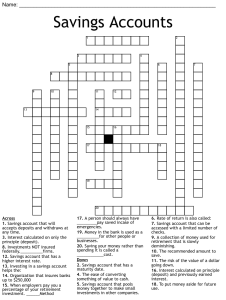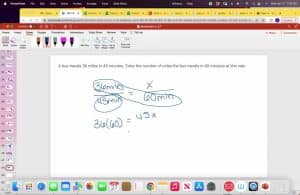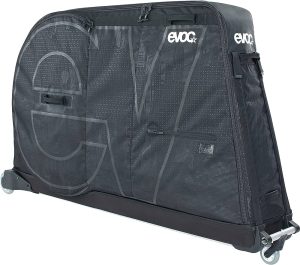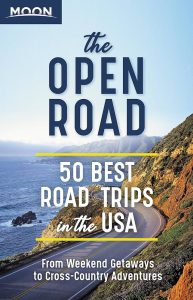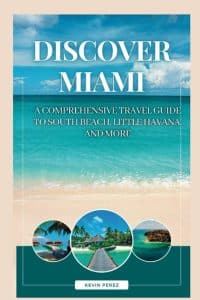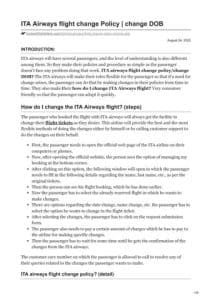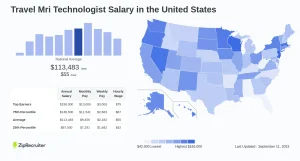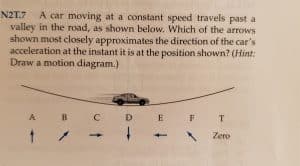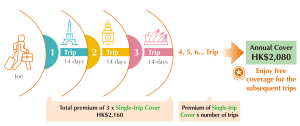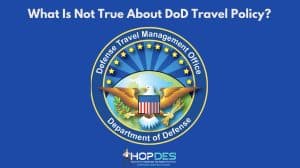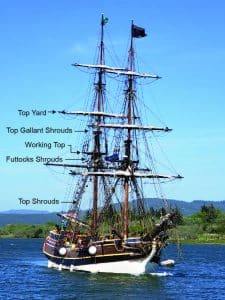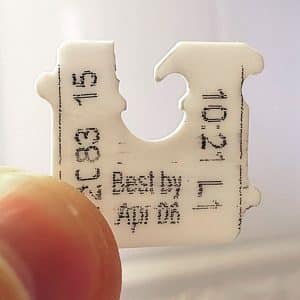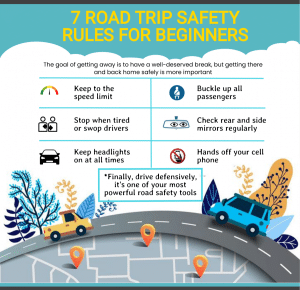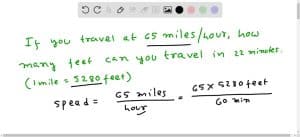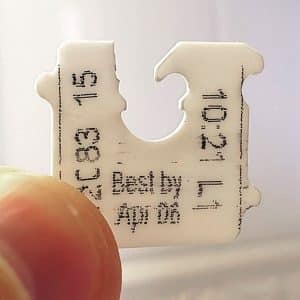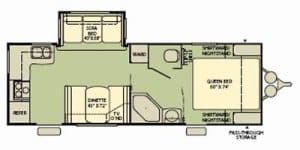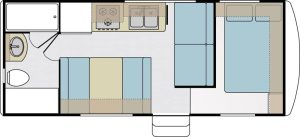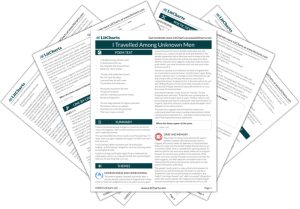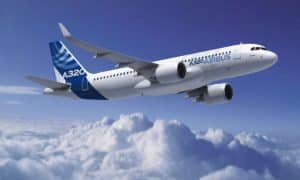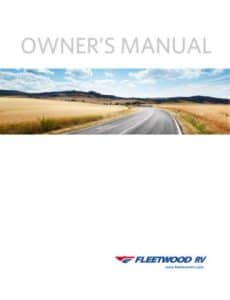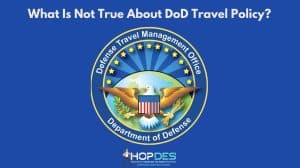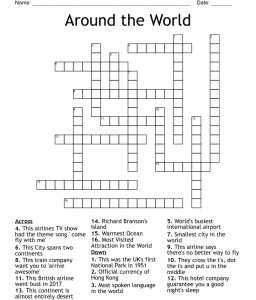Welcome to Hosteliest, your ultimate guide for all things travel and hotels. In this edition, we’re shifting gears to discuss a unique topic: A car initially traveling at a speed of 16 meters. Buckle up and let’s dive in!
**Title: The Journey of a Car Initially Traveling at a Speed of 16 Meters**
Ever wondered how the journey would feel when **a car initially traveling at a speed of 16 meters** per second embarks on a journey? As a part of our journey today, we will take a deep dive into this captivating concept.
(H2) Grasping The Concept
Understanding how a car that begins its journey at 16m/s, works might appear complex, but let’s break it down. When we say **a car initially traveling at a speed of 16 meters per second**, it means that the car is at rest before it starts moving. Once the car’s engine starts working, it gains an initial speed – in this case, 16 meters per second.
(H2) Factors Influencing Travel Speed
The initial speed at which the car travels depends on various factors. These include the power of the car’s engine, the weight of the vehicle, the driver’s experience, and the state of the road. For instance, a lighter car with a powerful engine may reach the speed of 16m/s faster than a heavier car with a less powerful engine.
(H2) Understanding Time and Distance
Once **a car initially traveling at a speed of 16 meters** begins its journey, the distance it covers and the time it takes can be calculated. Using the formula of speed equals distance over time, one can calculate any of these three variables if the other two are known.
(H2) The Impact of Acceleration and Deceleration
Acceleration and deceleration also play essential roles. The term ‘acceleration’ is used to refer to the increase in speed from the point of start till it reaches a steady state. On the other hand, ‘deceleration’ refers to the decrease in speed until the car comes to a stop. Both these factors affect the car’s travel time and distance covered.
(H3) Journey with A Car Initially Traveling at a Speed of 16 Meters
Imagine you are on a journey with **a car initially traveling at a speed of 16 meters** per second. It would mean that for every second you are in the car, you would cover a distance of 16 meters. This calculation helps to estimate the time it would take to reach a destination at a constant speed, assuming there are no obstacles or changes in speed along the way.
Still, remember that real-life changes in speed due to traffic, road conditions, and the driver’s decisions will influence travel times.
(H3) The Role of Safety
While it is exciting to imagine fast speeds, safety should always be paramount. Speed limits exist for a reason – to ensure safe travels for all road users. Therefore, while **a car initially traveling at a speed of 16 meters** may cover a significant distance quickly, it’s crucial to adhere to speed restrictions and prioritize safety over speed.
(H2) Conclusion
Understanding the concept of a car beginning its journey at a speed of 16m/s not only enriches our knowledge about speed, time, and distance but also reminds us of the importance of road safety. Whether you are a driver, a passenger, or simply a curious reader, appreciating the mechanics behind motion can enhance your travel experiences and promote safer journeys.
On your next trip, don’t merely count the miles. Step back, observe, and appreciate the science behind every movement. Safe travels as you continue this fantastic journey of discovery!
So, are you ready for your next journey with **a car initially traveling at a speed of 16 meters**? Stay tuned to our blog for more exciting travel stories and understandings.
Exploring the Dynamics of Road Trips: Impact of Initial Speed on Your Travel to Hotel Destinations
Exploring the Dynamics of Road Trips: an important aspect to consider when planning your travel to hotel destinations is understanding the impact of initial speed on your journey.
When you set off on a road trip, the initial speed is a major determining factor in how quickly you’ll reach your hotel destination. It’s not just about moving fast – it’s about efficiently using time and fuel. You might think that the faster you drive, the quicker you’ll arrive at your destination. However, this is not always the case.
Driving at excessively high speeds can actually slow you down in the long run. Firstly, the risk of getting a speeding ticket increases significantly. Not only can this lead to fines and possible points on your license, but the time spent dealing with this issue can also add unexpected delays to your trip.
Secondly, fuel efficiency decreases as speed increases. Most cars reach their optimal fuel economy around 50-60 mph. Anything above this speed can cause your vehicle to consume fuel more quickly, resulting in more frequent stops for gas. These stops will add up over time and prolong your journey.
Lastly, safety issues come into play at higher speeds. The faster you drive, the less time you have to react to unexpected situations on the road. This can result in accidents or collisions which would drastically increase your trip duration, not to mention potential physical harm and damage to your vehicle.
Instead of going as fast as possible, aim for a consistent speed that’s within the speed limit. This allows you to maintain good fuel economy, avoid speeding tickets, and ensures you reach your hotel destination safely.
In conclusion, it’s worth considering your initial speed carefully when setting off on a road trip. It may seem like the obvious choice to drive as fast as possible, but the reality is that a more moderate, consistent speed can lead to a smoother, safer and more efficient journey.
Sure, I understand the context might seem a little unrelated but let me create a creative spin on this.
Incorporating Speed Factors in Planning Your Hotel and Travel Itinerary
When planning your hotel and travel itinerary, it’s important to consider speed factors. Say a car initially traveling at a speed of 16 meters per second, it tells us how long would it take to travel from point A to B. This can help keep schedules predictable and manageable. If you’re taking a road trip, for instance, knowing your initial speed can guide you in making decisions about your departure time, pit stops, and overnight accommodations. Consider the speed factors not as an obstruction but as a necessary tool for smooth travel planning.
The Influence of Initial Speed on Fuel Economy for Travelers
In the world of travel, being economical with resources is paramount – and that includes fuel efficiency. A car initially traveling at a speed of 16 meters per second tells us something about the vehicle’s fuel economy. Lower speeds generally mean better fuel efficiency, which in turn suggests longer distances covered before needing to refuel. This can influence your choice of hotels along the route, allowing you to opt for accommodations farther apart and possibly in more desirable locations. Understanding the influence of speed on fuel economy can lead to smarter choices in travel and accommodation planning.
Understanding the Impact of Speed on Travel Safety
Traveling involves inherent risks, and it is up to the traveler to minimize these risks whenever possible. One major factor contributing to road safety is speed. A car initially traveling at a speed of 16 meters per second might be going at a safe speed limit, ensuring the safety of the passengers at all times. Moreover, safer travel also means fewer unplanned stopovers or delays, ensuring you reach your hotel or destination on time. Recognize that a steady initial speed is not just about reaching your destination faster, it’s also about ensuring your journey is as safe as possible.
Frequently Asked Questions (FAQ)
How can I calculate the travel time by car from the hotel if I know the car is initially traveling at a speed of 16 meters per second?
To calculate the travel time by car from the hotel to a specific place, you initially need to know the total distance of the journey. Once you have that information, you can then use the formula that helps to find time, which is time = distance / speed.
Given that the initial speed of the car is 16 meters per second (m/s), let’s say the total distance from the hotel to your destination is 1600 meters.
You would substitute these values into the formula as follows: time = 1600 m / 16 m/s, which will give you 100 seconds.
So, it will take approximately 100 seconds to cover that distance at an initial speed of 16 m/s. Keep in mind that this calculation assumes the speed remains constant. Factors such as traffic, road conditions, and speed limit changes can affect the travel time.
Remember, always ensure you follow the road speed limits and drive safely!
What road safety measures should I be aware of while driving at a speed of 16 meters per second around local hotels?
While driving at any speed, it’s critical to be aware of several road safety measures, especially in local areas with hotels.
Awareness of Speed Limit: Always obey the speed limits; they are set for a reason. If you’re driving at 16 meters per second, that’s roughly 36 mph, which might not be permitted in busy city zones and hotel districts where limits are usually lower to ensure pedestrian safety.
Pedestrian Safety: In hotel regions, there’s a high likelihood of pedestrian traffic. Tourists may be unfamiliar with the area, and children may be present. It’s vital to always look out for pedestrians, slow down, and prepare to stop as needed.
Observing Traffic Signs: In areas with dense traffic, there will likely be many traffic signs. It’s paramount to adhere to them strictly – not doing so can lead to accidents.
High-Density Vehicle Traffic: Hotels often mean more cars, delivery trucks, taxis, and buses. Stay vigilant, maintain a safe distance from the vehicle in front, and avoid abrupt lane changes or maneuvers.
Distraction-Free Driving: Always keep your focus on the road, not on distractions like mobile phones, GPS devices, or even the stunning architectural aspects of the hotels or scenery.
Diverse Road Conditions: Beware of different road conditions that could affect driving, like rain, fog, night-time, or construction zones around hotels.
Always take this to heart: The goal of road safety measures is not just to protect you, but also pedestrians, other drivers, and properties around you.
Considering the initial speed of 16 meters per second, how should I plan my fuel stops on a long journey?
Planning your fuel stops during a long journey is crucial to avoid running out of gas and getting stranded in unknown places. However, the initial speed of 16 meters per second is not a relevant factor here. Factors like your car’s mileage, the distance you’re traveling, and availability of gas stations along your route are more impactful. Here’s how you can plan your fuel stops effectively:
1. **Knowing Your Vehicle’s Mileage**:
Calculate your car’s gas mileage. This is typically measured in miles per gallon (mpg). The higher your car’s mpg, the less often you’ll have to stop for gas. To calculate this, divide the total distance travelled by the amount of gas used.
2. **Calculating Total Distance**:
Plan your travel route beforehand and note down the total distance from your starting point to destination. Online maps or GPS systems can give you an accurate measure of this.
3. **Determining How Often to Refuel**:
On average, a car’s gas tank holds between 12-15 gallons. If your car gets 30mpg, then you could drive about 360-450 miles on one tank of gas. Given this, determine how often you’ll need to refuel based on your total travel distance and estimated mileage.
4. **Identifying Gas Stations on Route**:
Lastly, identify gas stations along your travel route using map services such as Google Maps, Waze, etc. Make sure to plan your stops so they align with your refueling needs.
5. **Carrying Extra Fuel**:
In cases where gas stations are infrequent or closed, consider carrying extra fuel in safe containers.
6. **Emergency Planning**:
It’s always a good idea to carry essentials like spare tire, car jack, first aid kit, etc. for any unforeseen situations.
Remember, safety should be your priority while planning these stops. Always stop at well-lit, populated stations, and try to refuel well before your gas gauge hits empty. Your car’s fuel efficiency decreases when the fuel level is very low, so frequent top-ups can maintain its performance while saving costs over time.
In conclusion, it’s crucial to consider the initial speed of a car when planning a journey. If a vehicle is initially traveling at 16 meters per second, it can greatly affect your travel time, fuel efficiency, and overall experience. The aforementioned speed can be quite beneficial on highways and less populated areas, enabling quicker travel times and more efficient trips. As travelers, we should always pay particular attention to this factor to optimize our journeys, manage our schedules better, and make the most out of our travel experiences. Remember, it’s not just about reaching the destination but also how we get there.
Error: El post actual no se encuentra en el array de posts.


